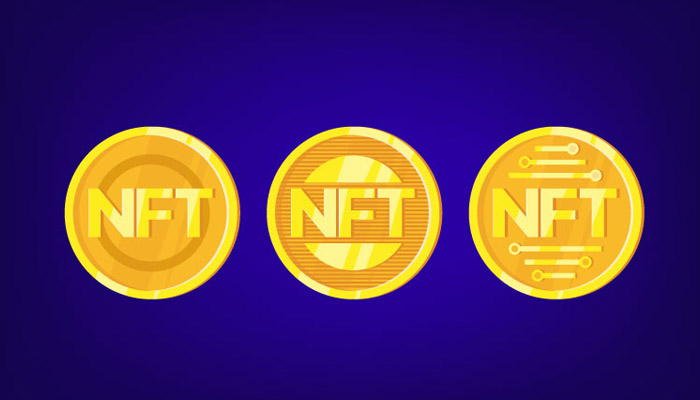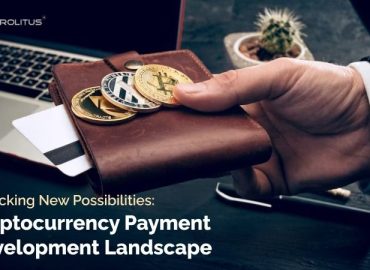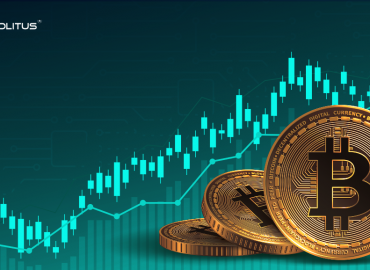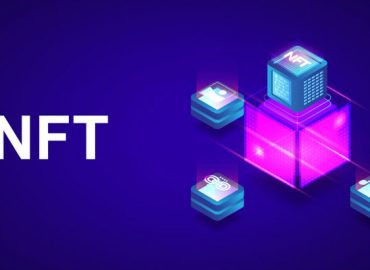It would be safe to say that, by this point in time, each and every one of us is aware of the term NFTs – short for Non-Fungible Tokens. It’s been in the vogue for quite some time now, but as some of you may not be aware, the premier Non-Fungible Token was debuted all the way back in 2012 on the Bitcoin Blockchain. NFTs, too, are a form of crypto-asset such as the likes of Bitcoin and Ethereum.
However, while a traditional Bitcoin is a fungible asset, allowing the holder to trade one Bitcoin for another or exchange for equivalent money, NFTs go by a different concept. As suggested by the name, these are non-fungible assets, which cannot be exchanged with other NFTs based on an equal-value exchange. And, also, these are unique assets. Why are NFTs the best way to tokenize your collectables and how do they work? Before answering that, let’s begin with a brief introduction to NFTs and the definition of tokenization.
What is Tokenization?
Some of you may not be aware, but almost all kinds of assets today can be tokenized, be it artwork, real estate, or video game assets. Tokenization is the process of the conversion of virtual or physical assets into digital assets that can be further sold or purchased. Tokenization, in its entirety, opens up a great market opportunity for small-time investors as it obliterates the territorial barriers and intermediaries in the middle allowing for fractional ownership of assets.
In recent years, Tokenization has changed the way people invest in assets, and for this very reason, many companies are seeing this as an opportunity to capture markets better and increase their sales. With an expected compound annual growth rate of 19.5% as per recent market studies, the overall global tokenization marketplace is further expected to surge from US$1.9 billion in 2020 to US$4.8 billion by 2025. This is despite the effect COVID-19 has made on the global economy.
As indicated earlier, Tokenization has also made its way into the virtual gaming industry. Gamers are now fixating on earning assets and trading them as they please to earn some quick bucks. Apart from that, Tokenization has also shown its prominence in the precious metal space. Royal Mint Gold (RMG) is a great example of the same, it’s a gold tokenization project backed up by the Royal Mint of Great Britain.
But how does Tokenization work?
This year alone, Tokenization has seen quite a growth in the Blockchain sector. The Tokenization concept, however, dates as far back as the 1970s. Back in the day, it was considered a data security mechanism, which was made popular by big financial institutes. As for now, it’s quite simple in the way it works. E.g: take Apple Pay, the most used and considered to be the safest way to make transactions today. Apple replaces with a token the customer card details it receives. The whole process happens in the background and goes back and forth with the brand’s server so fast; it makes one wonder if it’s actually true.
How is then NFT the best way to tokenize your collectables?
Non-Fungible Tokens have a lot of potential. However, aside from the part where the artists can make a good sum of money and other content creators are making more money than usual – you can read about the same in our other blogs – let’s focus on some other benefits of tokenizing your assets.
The most prominent benefit is reduced intermediaries. It’s a well-known fact that each intermediary – in between a transaction – increases the transaction’s cost and complexity. The more the intermediaries in a transaction, the more commissions are distributed, and hence the two sources – the buyer and the seller – don’t get the original amount agreed upon with the other party. The whole concept of Tokenization and NFTs – as per the NFT Development process – includes cutting off all kinds of intermediates, which not only means legible distribution of money, but also a quicker overall process. Since the assets are normally that expensive, the token issuance is smoother by default and by the process as well.
Smart contracts are integrated into the Blockchain to complete the process of Tokenization. This ensures that certain aspects of buying and selling tokens are executed cheaper and faster, which, in a normal scenario, would take days or weeks.
While proper non-fungible token development – which, by the way, we have mastered at Prolitus – ensures that these are indivisible, tokenization of other assets allows them to be split with ownership rights to different owners. For the same, non-NFT artworks prove to be a great use case.
NFTs also possess immutability, which means the data of an NFT once recorded on a Blockchain remains permanently in place. It can’t be further altered, faked, or changed. This makes NFTs extremely secure as immutability allows for the possibility to track the asset’s history or provenance. For instance, you can track a multitude of things like issuance data of the token, its origin, ownership prices and changes (if any). This feature greatly reduces the possibility of investment fraud or theft of the tokens.
A Non-Fungible Token’s security and reliability are dependent upon the Smart Contract: the technology behind the tokens. These contracts are carefully and intelligently implemented by our team of skilled experts so as to make sure your transactions are as flawless as they come.





